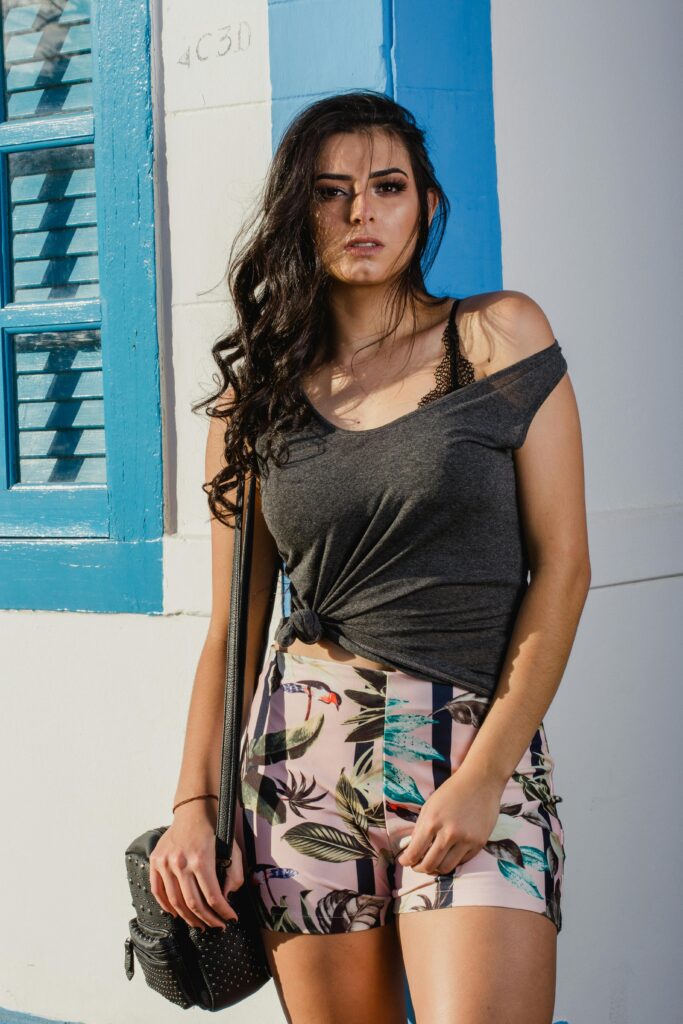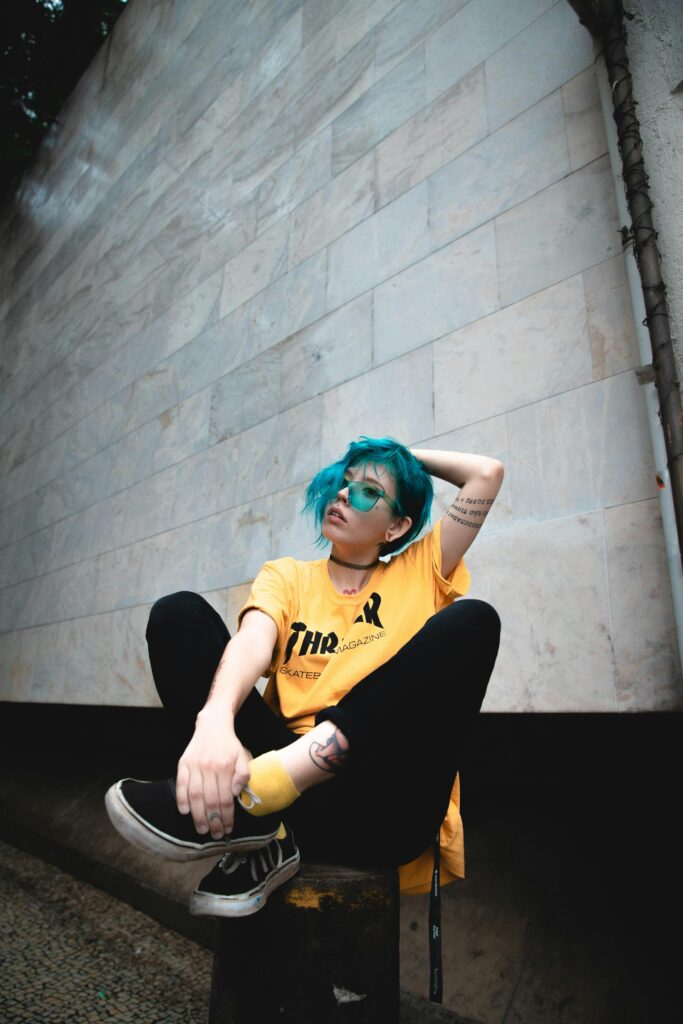I. Introduction to Fashion Creation
1 . What is fashion creation?
Definition and Scope
Fashion creation is the art and science of designing and producing clothing, accessories, and other wearable items that reflect personal style, cultural identity, and societal trends. It is a dynamic process that combines creativity, technical skills, and a deep understanding of materials and aesthetics to bring concepts to life.
At its core, fashion creation involves the transformation of an idea into a tangible product. This process begins with inspiration, often drawn from art, nature, history, or contemporary culture. Designers translate these ideas into sketches and concepts, considering factors such as functionality, target audience, and market trends.
Fashion creation encompasses a wide range of activities, including:
- Design and Ideation: Crafting unique and innovative designs that balance artistry and practicality.
- Material Selection: Choosing fabrics, colors, and textures that align with the vision of the piece.
- Prototyping and Production: Developing prototypes, refining designs, and producing finished items.
This field is not limited to clothing; it also includes footwear, jewelry, handbags, and other accessories that complete an individual’s look. Each piece tells a story, whether it’s an avant-garde runway creation or a timeless wardrobe staple.
Fashion creation also plays a crucial role in society, influencing cultural expression and reflecting global trends. It can challenge norms, celebrate individuality, and foster inclusivity. In recent years, the industry has increasingly focused on sustainability and ethical practices, aiming to create fashion that is not only beautiful but also environmentally and socially responsible.
In essence, fashion creation is more than just crafting garments; it’s a form of artistic expression that connects innovation with personal and cultural narratives. It’s where imagination meets craftsmanship to shape the way we present ourselves to the world.

The Role of Creativity in Fashion Design
Creativity is the lifeblood of fashion design. It is the driving force that transforms raw materials into compelling and meaningful pieces of wearable art. Through creativity, fashion designers push boundaries, reimagine traditions, and craft designs that resonate with diverse audiences, making it an essential element of the industry.
1. Defining Aesthetic Vision
Creativity allows designers to develop a unique aesthetic that sets them apart. Whether through innovative silhouettes, daring color combinations, or unconventional materials, a designer’s creative vision defines their brand identity and appeal. Iconic fashion houses, for example, have achieved lasting recognition by continuously blending artistic inspiration with bold design choices.
2. Solving Design Challenges
In fashion, creativity is not limited to artistic expression; it is also a problem-solving tool. Designers use creativity to overcome challenges such as:
- Adapting designs for functionality while maintaining style.
- Incorporating sustainable practices into traditional methods.
- Innovating within budgetary or material constraints.
3. Storytelling Through Design
Each piece of clothing tells a story, and creativity is essential in crafting narratives that resonate. Designers draw on personal experiences, cultural heritage, and global events to create collections that evoke emotion and meaning. This storytelling aspect connects the audience to the brand and elevates fashion from mere functionality to a form of art.
4. Driving Innovation
Fashion trends are ever-evolving, and creativity is the catalyst for innovation. By experimenting with new technologies, techniques, and materials, designers bring fresh perspectives to the industry. Examples include the use of 3D printing, smart textiles, and sustainable fabrics, all of which demonstrate how creativity fuels progress.
5. Encouraging Individuality and Expression
Fashion design celebrates diversity and self-expression, and creativity is the tool that enables this celebration. By designing inclusive and versatile clothing, fashion creators empower individuals to express their identities, preferences, and emotions through what they wear.
6. Fostering Collaboration and Cross-Discipline Inspiration
Creativity in fashion often involves blending influences from other fields, such as art, architecture, music, and technology. Collaborative projects between designers and artists or engineers result in groundbreaking creations that redefine the boundaries of what fashion can be.
Conclusion
The role of creativity in fashion design is multifaceted and vital. It shapes the identity of brands, solves challenges, tells stories, drives innovation, and fosters individuality. In a world where trends are constantly shifting, creativity remains the cornerstone of the fashion industry, ensuring its relevance, vibrancy, and ability to inspire. Fashion design, at its best, is a testament to the power of imagination and the endless possibilities it can unlock
